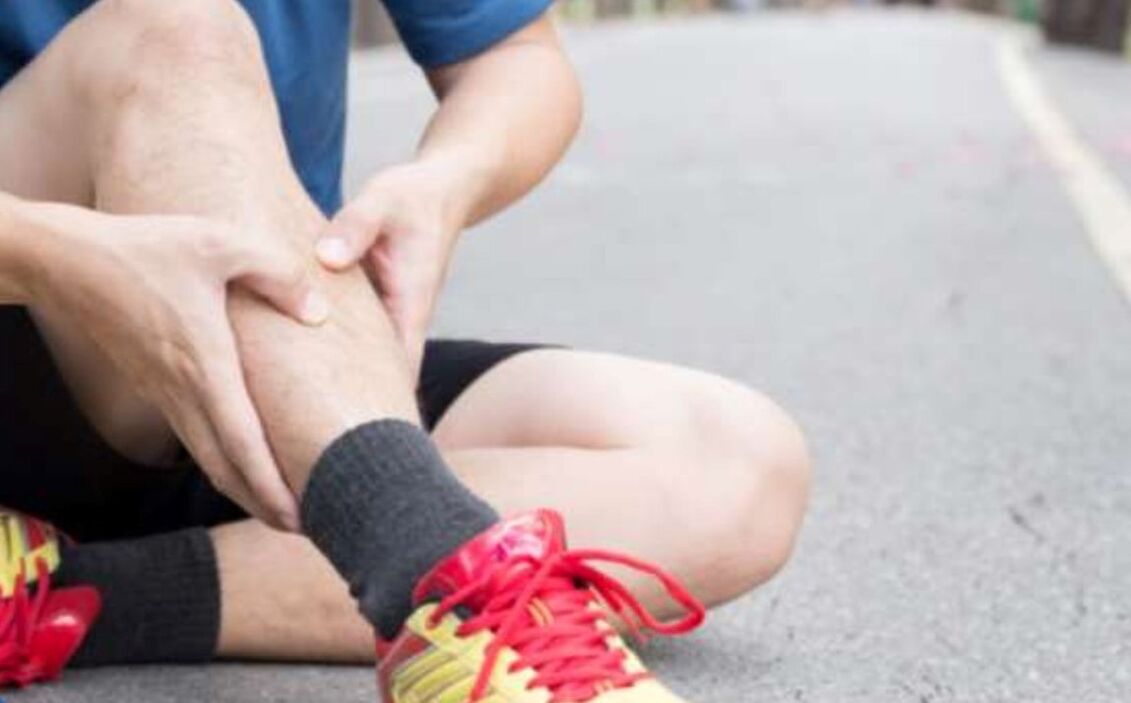Varicose veins are traditionally considered a "female" disease. However, this view is wrong, men also suffer from varicose veins. In addition, they bravely tolerate the manifestations and turn to doctors quite late when the disease is already at an advanced stage, and this is not surprising: men are not so worried about the visual consequences of varicose veins - spider veins, protruding veins - few know the disease is progressing trophicallyulcer stage.

Varicose veins begin long before twisted, dilated veins appear in the legs. It is a process that can progress and gain a protracted (chronic) course. The blood vessels in the blood vessels stagnate, which must flow from the bottom upwards from the legs and carry metabolic products with them. Inside the veins, there are valves that prevent blood from flowing back. As the disease progresses, the valves inside the veins stop completely and some of the blood flows in the opposite direction. Due to excessive blood accumulation, the walls of the blood vessels dilate and become tortuous. Blood circulation is damaged, swelling, pain, and difficulty are felt.
If you do not take measures to treat it, the varicose veins can lead to complications: thrombophlebitis (inflammation of the vein wall with the formation of blood clots), dermatitis, trophic ulcers - non-healing, open wounds, risk of infection. In some cases, complications of the disease can lead to disability. Varicose veins are not just a change in the veins in the legs, an equally serious problem for a man is the dilation of the pelvic veins. In particular, it can contribute to the appearance of other problems, such as hemorrhoids.
What contributes to the development of varicose veins:
We consider the key factors influencing the development of varicose veins to be a sedentary lifestyle, sedentary work and overweight. Irrational nutrition also plays a significant role. For example, consuming large amounts of meat, spicy, starchy, low-fiber foods can lead to chronic constipation, which increases blood stagnation in the veins of the pelvis and legs. The effect of alcoholic beverages is significant: alcohol consumption causes excessive relaxation in the venous wall. Varicose veins are already strained, and alcohol exacerbates the negative effects and contributes to the progression of the disease.
Signs of varicose veins:
- vascular networks or telangiectasis;
- dilated, convoluted, or varicose veins;
- skin discoloration, dryness, thinning.
More specific symptoms of varicose veins may include:
- feeling of fullness and heaviness in the legs;
- calf muscle pain;
- itching, burning, tingling, and even nocturnal cramps;
- fatigue;
- a symptom of restless legs.
How to treat varicose veins
Treatment of varicose veins should be comprehensive: the doctor chooses the treatment plan. It is advisable to change your lifestyle. The health benefits of veins:
- physiotherapy;
- walk;
- swimming;
- cross-country skiing;
- cycling.
To promote more active blood flow in the veins, it is useful to massage the buttocks, thighs, legs, and feet. It should be a light caress and shaking of the muscles (from the buttocks to the feet) without touching the areas of the dilated blood vessels themselves. The duration of the procedure is 5-10 minutes a day.
Special drugs that improve the tone of veins - venotonics - are given an important place in the treatment.
Venotonics are local and systemic
For example, a topical or topical formulation contains three ingredients that, thanks to an innovative delivery system of substances, penetrate quickly into the skin and help overcome foot difficulties and swelling, leave no sticky feel, and leave marks on clothes and skin. . .
As a general rule, topical therapies are recommended in combination with systemic venotonics (oral, in tablets). It works at any stage of the varicose veins, affects the cause of varicose veins from the inside, and helps cope with leg pain and swelling. The drug is convenient to use: only 1 tablet of 1000 mg per day.
Varicose veins are a sexually transmitted disease. It should be treated as soon as possible, starting with the first signs of the disease. Approaches include lifestyle changes, wearing special compression stockings (comfortable knee height for men) and using medications prescribed by a doctor.












































